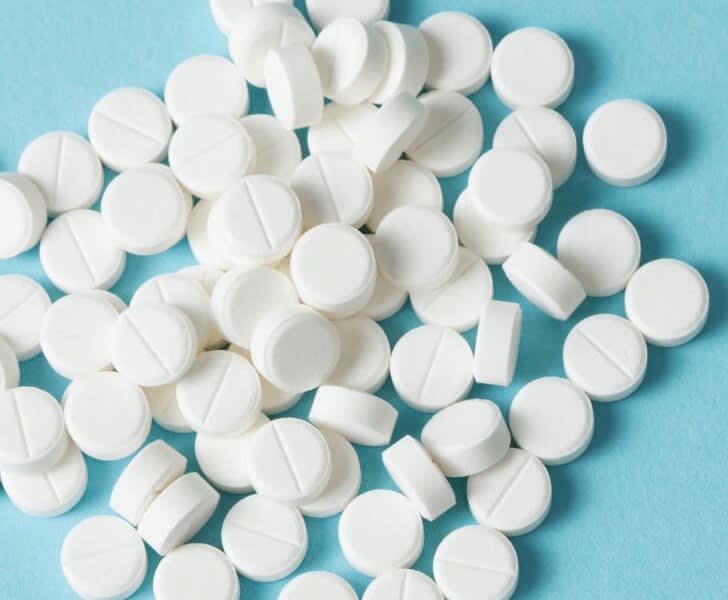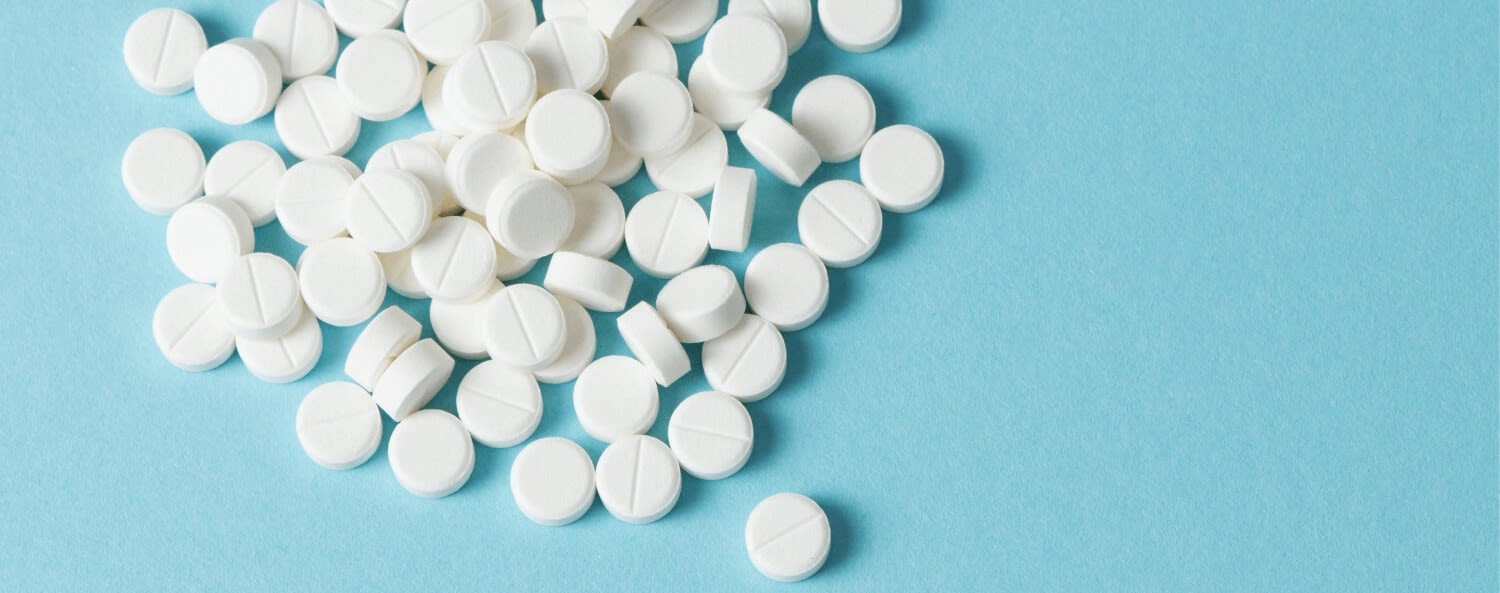Apostrophe's Service
Behind the scenes: Apostrophe's Partner Pharmacy


SHARE
Apostrophe's Service
Behind the scenes: Apostrophe's Partner Pharmacy
Medically reviewed by Aimee Paik, MD
Written by Apostrophe Team
Last updated 11/3/2022
Getting a partner pharmacy up and running has been a very exciting process, so we wanted to give our patients a little peek behind the curtain. We spoke with the Pharmacist-In-Charge, Luke Wright, about what exactly goes into the making and delivery of medication before it reaches your medicine cabinet.
Q: What even is a Pharmacist-In-Charge? A: According to state law, every pharmacy is required to have one pharmacist who is responsible for the pharmacy. That pharmacist is commonly called the PIC, or pharmacist in charge. It is the PIC’s job to make sure the pharmacy is following all the laws, rules, and regulations of every state that they are licensed in.
Q: So what’s your day-to-day like? A: We need to get our shipments out by midday, so I will start verifying the scripts (prescriptions) that we are filling. I have to make sure it is a valid script, that there are no drug interactions or allergies to the medication, and that we correctly filled the medication. The rest of the day varies. Besides general pharmacy upkeep like product ordering and inventory, I spend time working on new formulas for the compounds that the doctors have requested and compounding custom medications. Pharmacy is highly regulated, so I also have to spend time every day keeping in order Apostrophe’s licenses for every state that we ship to, as well as my personal licenses to operate the pharmacy.
Q: Quality is obviously important to us and to our patients. What does quality control in the pharmacy look like? How do you ensure all the medications meet our high standards? A: For commercial products like Latisse, we make sure all the medication we purchase comes from an FDA-approved facility, whether that is directly from the manufacturer, or from an approved wholesaler. Everything we send out also gets two visual inspections: one by a technician and one by a pharmacist.
All of the bulk ingredients that we use for compounding also come from FDA-approved facilities. We have to carry a certificate of analysis, which acts as proof from an analytical lab that the product is exactly what is claimed on the label. Everything in the pharmacy is barcoded and scanned to ensure any human errors are detected right when they happen. We also follow USP 795 and USP 800 guidelines which regulate the type of compounding we do. Some examples of those guidelines are a consistent cleaning schedule, balance calibration, powder containment hood, proper atmospheric pressure in the lab, adequate ventilation, temperature, humidity control. All of these things ensure everything that leaves the pharmacy is of the highest standard.
Q: Wow, it sounds like there are a lot of safeguards in place! How about this process of compounding? How does compounding increase effectiveness and/or efficiency over a single active ingredient product? A: Compounding allows us to make completely custom medications. We can use concentrations that aren’t available anywhere else on the market. Combining proven medications into one cream or lotion provides convenience for the patient and improves patient adherence (meaning they keep taking the medication as directed by their dermatologist). It also allows us to tailor the non-active ingredients so they are hypoallergenic and less damaging than the ones in commercially available products.
The compounds we make are the result of years of dermatologist experience and prioritizes the health of our patients. When a drug manufacturer makes a product, their priority is to make a profit. Sometimes this aligns with the needs of the patient, but it isn't always what works the best.
Q: It sounds like you are passionate about what you do. What do you want patients to know about how the pharmacy operates? A: I want patients to know that each and every prescription that comes through the pharmacy is looked over individually and evaluated to make sure they receive their medication safely. We hold the pharmacy to the cleanest and highest standard, and we really do enjoy having stewardship over their prescriptions and dispensing their medication.
Q: What do you feel is the biggest misconception about pharmacies or being a pharmacist? A: I think people don’t realize how many different types of pharmacies there are and that they all operate differently. When most people think of a pharmacy, they think of Walgreens or CVS. Those are the most visible, but not all pharmacies operate like them.
Q: Our Care Coordinators field a lot of questions from patients about our medications. One of the big ones is, “How do I know this medication is authentic?” A: There are government run sites like DailyMed that have medication identification tools. For example, a patient can look up their tablet and see if it has all the appropriate markings. If the patient received the medication in the manufacturer's packaging, they can even look up the packaging to see if it looks the same on the same website. If you have any concerns, contacting the pharmacy is a good way to resolve those. We can tell patients more about their medication than they could gather online.
A big thank you to Luke for chatting with us about all things pharmacy, and for the great work he does for us and our customers every day! If you have questions about our partner pharmacy or compounding medications, you can tweet us @hi_apostrophe!
Like what you just read? Sign up for our email list to get the scoop on skincare science delivered straight to your inbox.

Education
What is milia?
What is milia? Today, we’re jumping into one type of bump that you may have heard about most commonly in infants — milia.
Read More
Education
Best moisturizer for acne-prone skin
If you have combination acne-prone skin, figuring out which moisturizer is best for your skin might be tough. In this guide, we break down the best moisturizer for combination, acne-prone skin.
Read More
Education
How to build a face care routine
As you get into skincare, it might seem overwhelming, especially trying to figure out the order you're supposed to apply products in. Below, we detail how to build a face care routine for your skin!
Read More